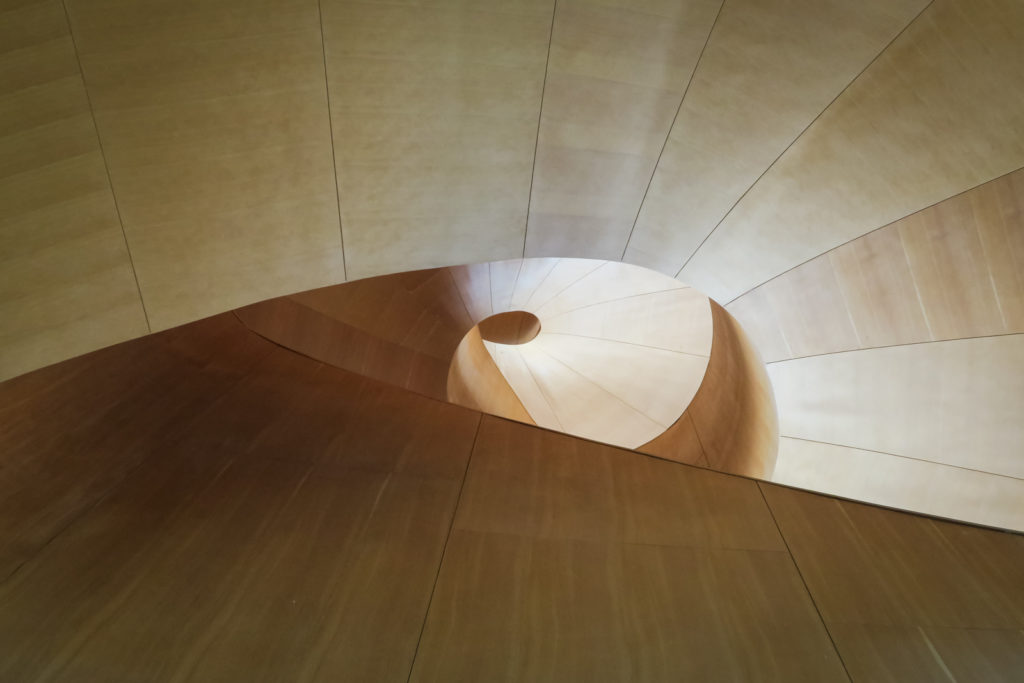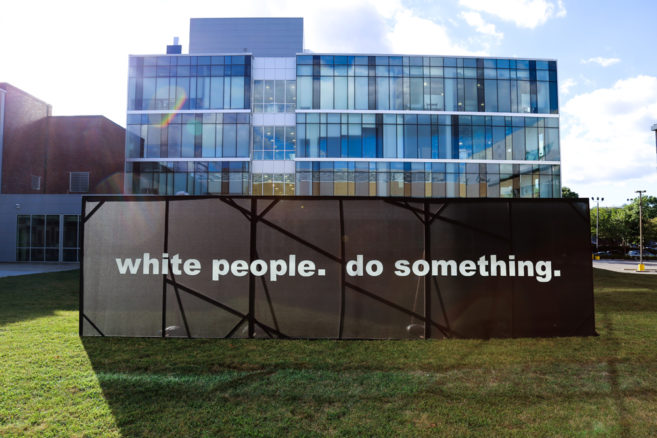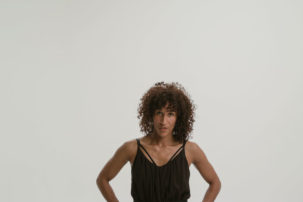Canadian art galleries and museums need to do better on addressing systemic anti-Black racism, the public says. This week, several commenters on the National Gallery of Canada’s and Art Gallery of Ontario’s social media posts—including artists, curators, gallery visitors and members—criticized the institutions’ anti-racism statements. Some, including writer and curator Letticia Cosbert Miller, noted the responses were insufficient; some, including artist Nedda Baba, stated that these galleries should hire more Black staff in leadership positions; and some, including AGO member H. R. Martin Phills, say that while the gallery is headed in the right direction, they’d like to see more permanent-collection space devoted to Black artists and Black art history. A few of the commenters, including Amanda Hadi, had worked at such institutions in the past and offered critique from that perspective—likewise, on Medium, writer, curator and public programmer Rea McNamara expressed issues related to her concerning experience as a former staff member of the Gardiner Museum. Canadian Art’s own social media and solidarity statement received feedback from the community this week; and a new Instagram account, Arts Accountability, has posted a spreadsheet of Canadian arts organizations’ #BlackLivesMatter statements and responses so far.
“Canadian cultural institutions have silenced Black voices for years. Can we write a new chapter?” So asks CBC Arts columnist Amanda Parris, in an article that traces “four moments from history where members of the Black community attempted to challenge anti-Black racism. In each instance, the institutional backlash was swift and substantial.”
Artists create new murals to honour Black lives. Artist Jessey Pacho said that some 40 artists contributed to Paint the City Black, stretching through Toronto’s Graffiti Alley area, in what was intended as a “show of solidarity with the Black Lives Matter movement.” Included are images of George Floyd, Regis Korchinski-Paquet, Breonna Taylor and Martin Luther King Jr., among others.
Canadian Artists’ Representation (CARFAC) has issued a “cautionary note” about artists and big tech. The June 9 note states that “tech giants like Apple, Google, Netflix, and Facebook…are increasingly finding new ways to develop and market the availability of [creative] content, but artists are not always compensated for those uses.” The note particularly addresses Google Arts & Culture (GAC): “We…do not believe participation in GAC is in the best interests of artists, museums, or other cultural institutions. We want to see technological advancements that allow greater access to creative content—but artists must be part of the process.” The note follows a public complaint artist AA Bronson posted to Facebook on May 22 regarding being asked by the Canada Council Art Bank to license an image of a General Idea artwork to Google.
Acquisitions news emerges from the first virtual Canadian art fair. At Papier, which opened June 4, the Musée d’art contemporain de Montréal acquired seven works by three women artists active in Quebec: Untitled (Erickson View #2) by Lorna Bauer (via Galerie Nicolas Robert); Apparitions of Collective Disposition No. 1, No. 2 and No. 3 by Jinyoung Kim (via Galerie Patrick Mikhail); and Misérable nuit, Signal and Distance entre deux figures by Laurence Veri (via Galerie Pangée). The Montreal Museum of Fine Arts acquired two works: 72%_match: Barnett Newman “Dyonisius”, 1949 by Adam Basanta (via Ellephant), and Ideas in Things (Antarctic Peninsula) by Jessica Houston (via Art Mûr). The fair continues online until June 21.

 A view of an Art Gallery of Ontario staircase. Photo:
A view of an Art Gallery of Ontario staircase. Photo: 




